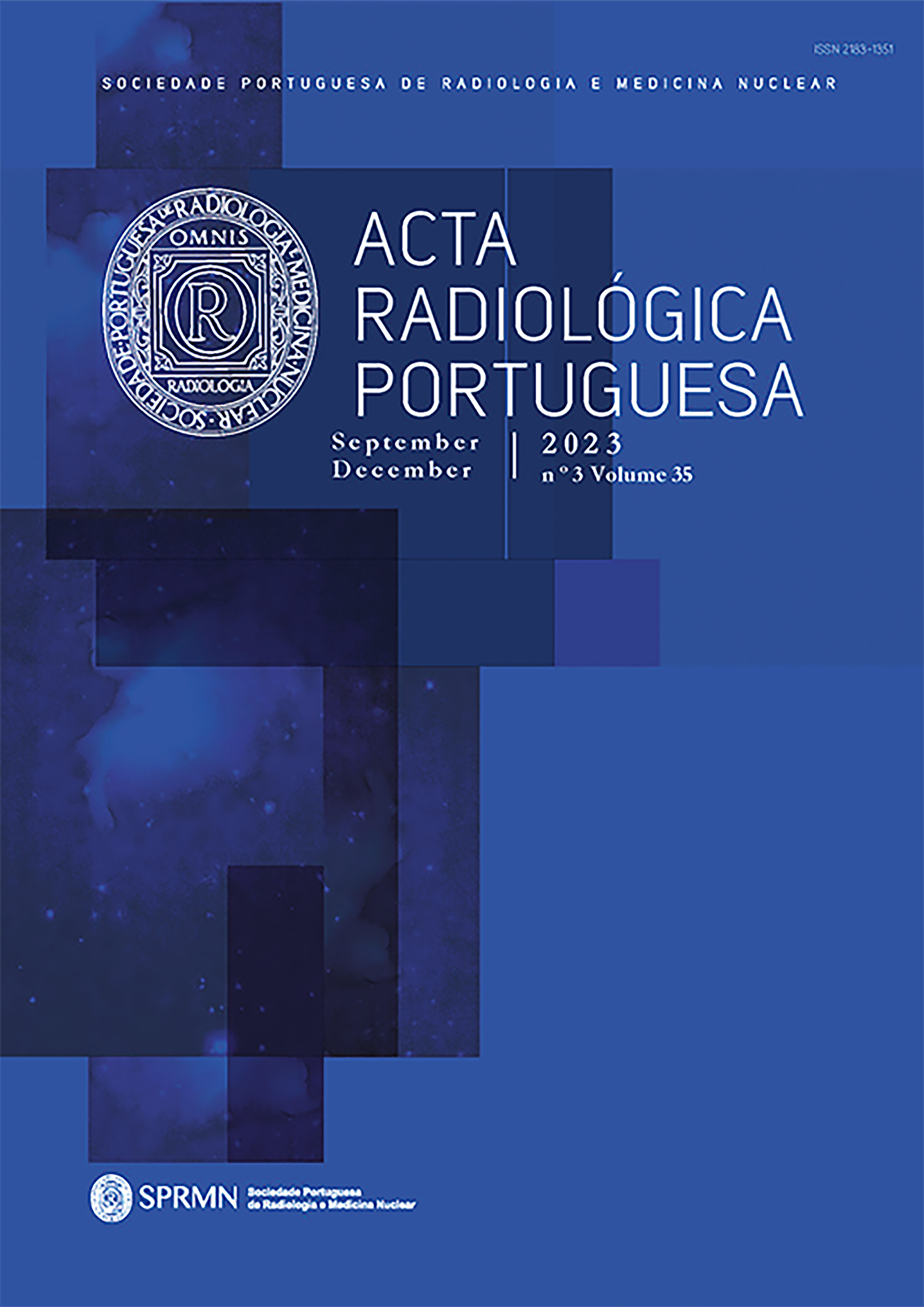Tenosynovitis of the Peroneal Tendons due to Hypertrophy of the Peroneal Tubercle – Diagnosis Using Ultrasound and Magnetic Resonance Imaging
DOI:
https://doi.org/10.25748/arp.27357Abstract
The prevalence of peroneal tubercles ranges from 24% to 98.58% - this wide range can be attributed to the use of different criteria in its description. The incidence of the hypertrophied tubercle is 20.5-24% of the population. The portion of the peroneus longus tendon that is located between the fixed bony points of the peroneal tubercle and the cuboid may stretch unnaturally in the presence of a hypertrophied peroneal tubercle and, with sudden or repeated inversion movements, the tendon may rupture. The peroneus brevis tendon can collide between the tubercle and the lateral malleolus during the eversion-abduction movement of the foot, resulting in tenosynovitis, tendon laceration and degeneration. We report a peroneal tenosynovitis due to a hypertrophied peroneal tubercle induced by frictional peroneal tendons activity detected by ultrasound and MRI.
Downloads
Published
Issue
Section
License
CC BY-NC 4.0


